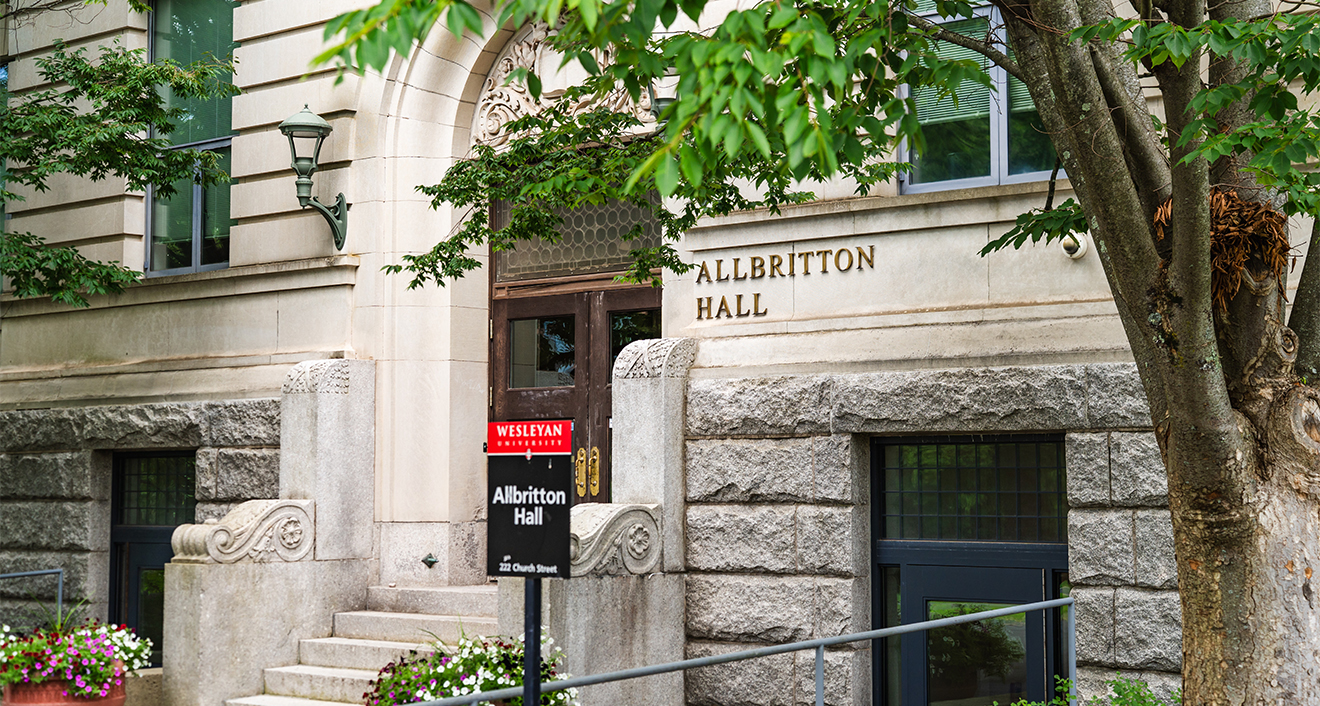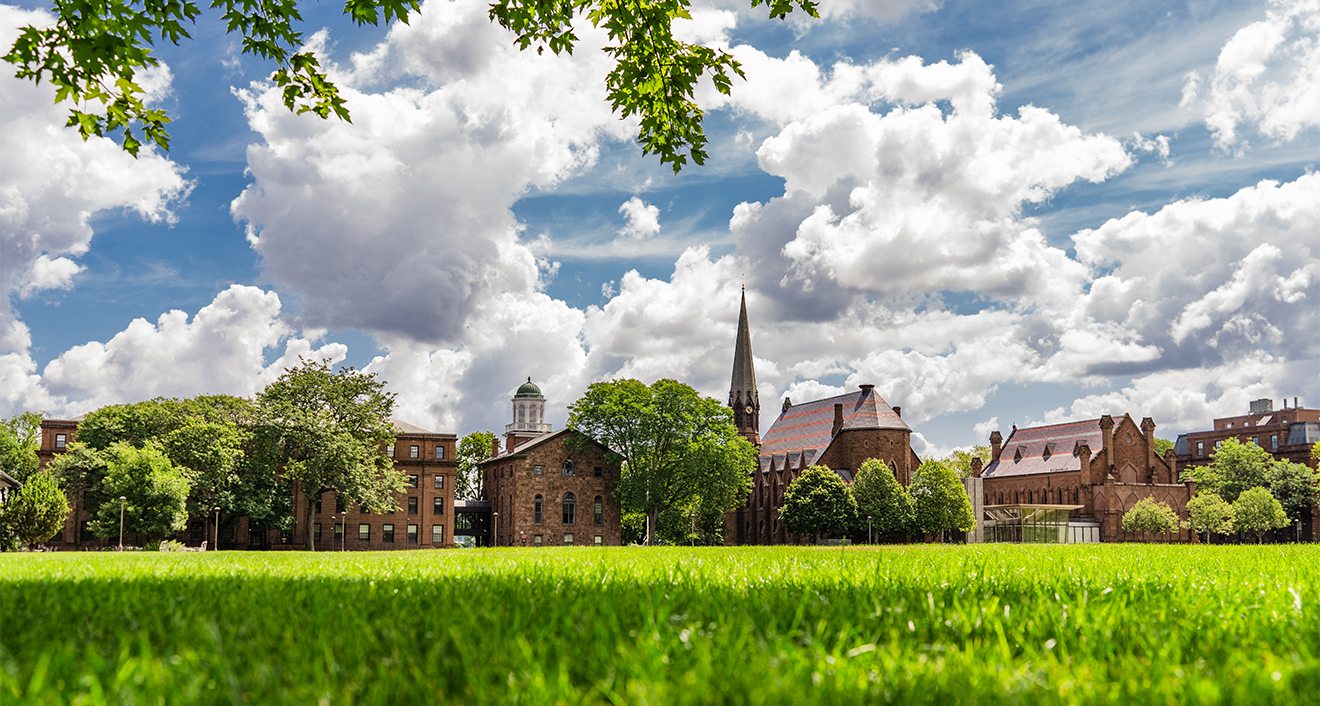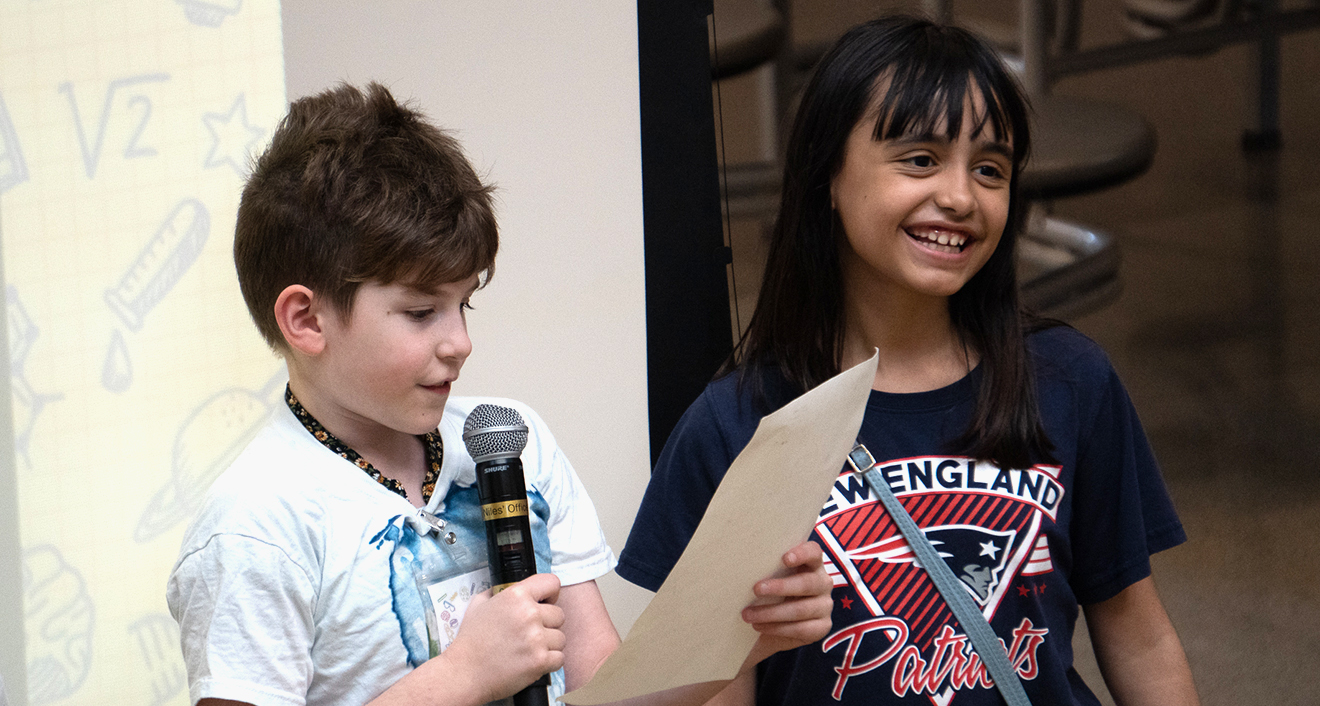
Wesleyan Science Camp Sparks Interest in STEM

Wesleyan Science Camp offers an opportunity for local students going into fourth to sixth grade to explore their interest in science and develop skills of observation and experimentation throughout their education and beyond. In the span of a week, campers take on interactive experiments, go on trips, and hear from Wesleyan’s expert faculty members in a variety of study areas.
“A lot of things that we focus on are making science tangible,” said M.J. Renee Sher, associate professor of physics and Wesleyan Science Camp organizer. “We definitely try to do lectures, but it's as interactive as it can be. What we really want to make sure is they can see science everywhere, every day.”
The camp gives the students a taste—at times literally—of a range of scientific topics, from basic chemistry to oceanography to archaeology. One chemistry experiment teaches them to write secret messages with lemon juice to talk about pH, a measure of acidity. Another from two graduate students in Assistant Professor of Biology Ni Feng’s lab, Alexandra Porczak and Sebin Park, explores the effects of the miracle berry, which is reported to temporarily alter the taste of sour foods to register as sweeter than they truly are. Campers taste different foods after consuming the berry to learn about control groups and cause and effect, said Sher, who runs a different experiment using a UV camera to show how sunscreen can protect skin.
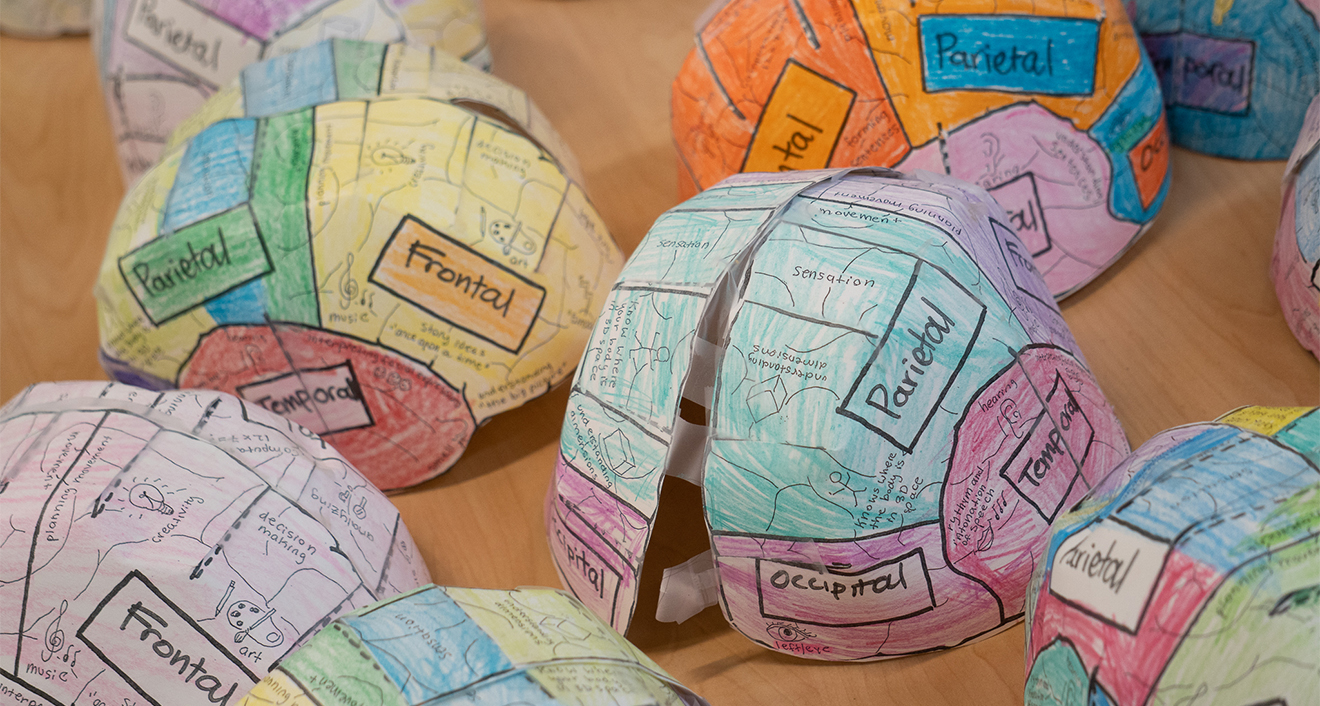
Raquel Bryant, assistant professor of Earth and Environmental Sciences, taught a lesson on the history of glaciers, what role they play in the world, and the impact of climate change and how to combat it. She also explained some of the research methods she deploys to study glaciers, like working with sediment samples to study glacial change and microscopic fossils called foraminifera. “They're these super teeny, tiny fossils,” Bryant said. “They're about the size of a grain of sand, but they are climate storytellers. They tell us how the ocean has changed.”
Bryant and master's student, Liliana Murdy, then organized an exercise to help campers visualize her research and go through the process of data collection. They enlarged images of foraminifera from sediment cores taken from Bryant’s voyage on a now-retired international research vessel, the JOIDES Resolution, and assembled mock sediment samples for campers to sift through in small groups. From there, the campers collaborated to make observations and discuss their findings.
“You do not do science by yourself,” Bryant said. “Everybody does science with a collaborator, with a partner, with a student colleague, and it's fun to work with your friends. And usually, your friends are good at things that maybe you're not that good at, and so if you work together, you can actually do better science, and the students got to see that.”
Not only were campers working with each other on projects throughout the week, but they were also exposed to several tiers of mentors to guide their experience. Since it can be less common for some students to learn from teachers who look like them in the scientific space, Sher said the camp employs an intentional mentorship system to provide campers with role models at multiple age levels to do just that. Alongside Wesleyan’s faculty are graduate and doctoral students, undergraduates, and high school counselors guiding the way.
“We basically have mini career models at every stage that the campers can look up to, to see what the next phase of science for them might be,” Sher said.
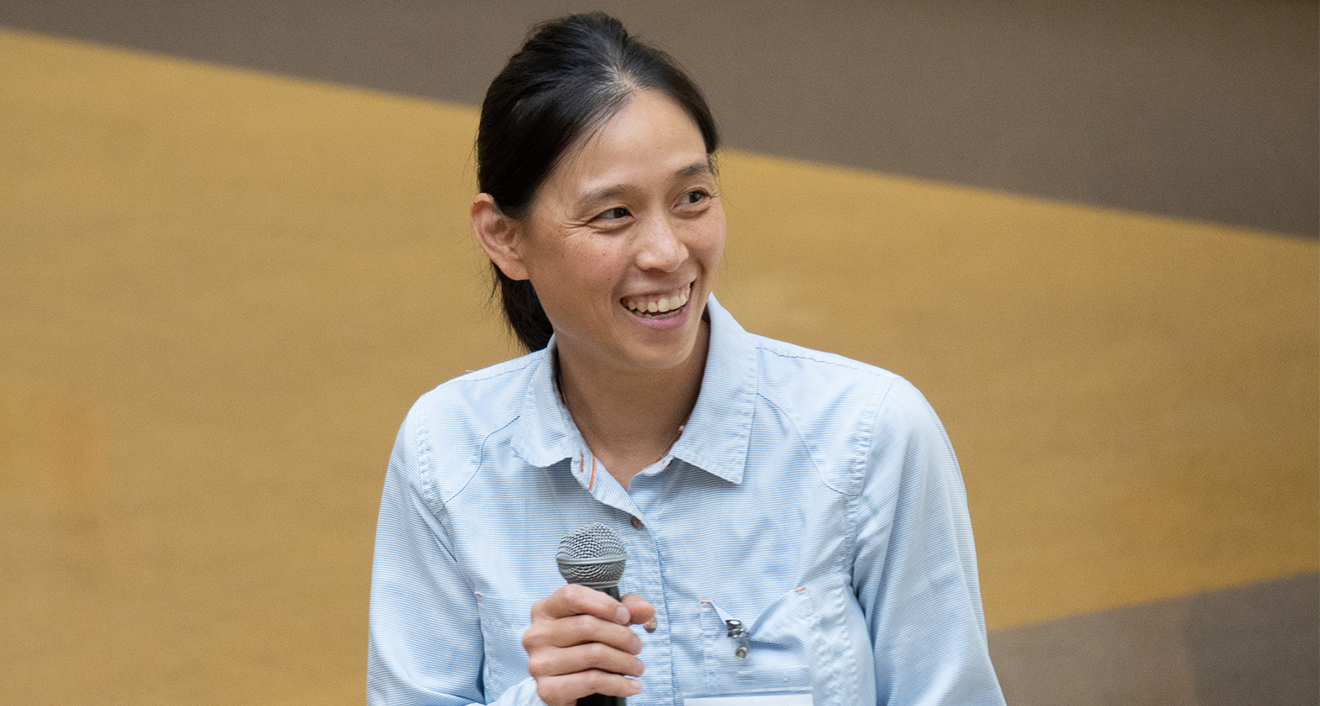
Another core tenant of the camp is that it provides an accessible way for students to experience science education regardless of background or means. Sher said half of the campers receive financial aid.
“Part of Wesleyan Science Camp’s mission, which has never changed, is that we want to make sure students who traditionally cannot participate, can participate,” Sher said.
Wesleyan Science Camp is supported in part by the NASA Connecticut Space Grant Consortium, and the Middletown Chamber of Commerce to employ high school students to work as mentors alongside faculty. The camp is also partnered with Middletown Public Schools. The program is housed most days at Beman Middle School in Middletown, so the location is physically easier to get to for some members of the community. Campers also take a one-day field trip to Wesleyan as part of their experience. “We do really want to bring Wesleyan to them,” she said.


